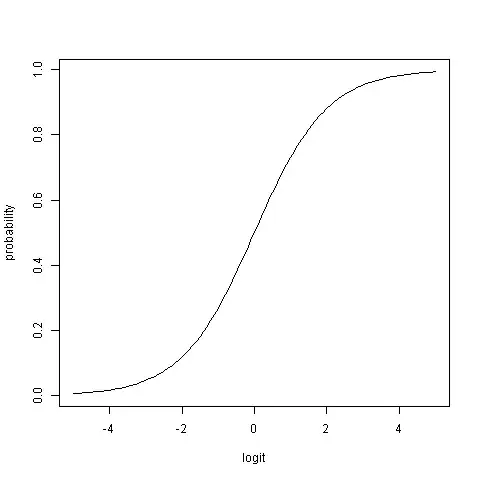The logit $L$ of a probability $p$ is defined as
$$L = \ln\frac{p}{1-p}$$
The term $\frac{p}{1-p}$ is called odds. The natural logarithm of the odds is known as log-odds or logit.
The inverse function is
$$p = \frac{1}{1+e^{-L}}$$
Probabilities range from zero to one, i.e., $p\in[0,1]$, whereas logits can be any real number ($\mathbb{R}$, from minus infinity to infinity; $L\in (-\infty,\infty)$).
A probability of $0.5$ corresponds to a logit of $0$. Negative logit values indicate probabilities smaller than $0.5$, positive logits indicate probabilities greater than $0.5$. The relationship is symmetrical: Logits of $-0.2$ and $0.2$ correspond to probabilities of $0.45$ and $0.55$, respectively. Note: The absolute distance to $0.5$ is identical for both probabilities.
This graph shows the non-linear relationship between logits and probabilities:

The answer to your question is: There is a probability of about $0.55$ that a case belongs to group B.
